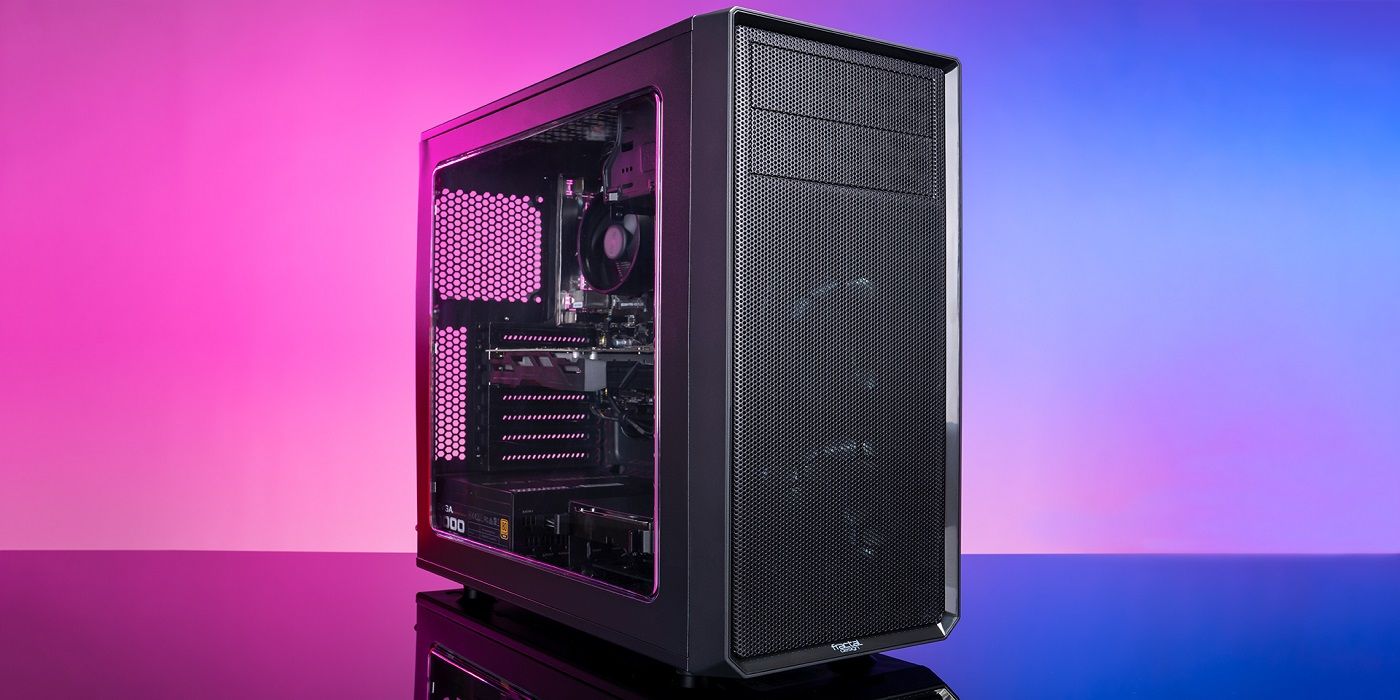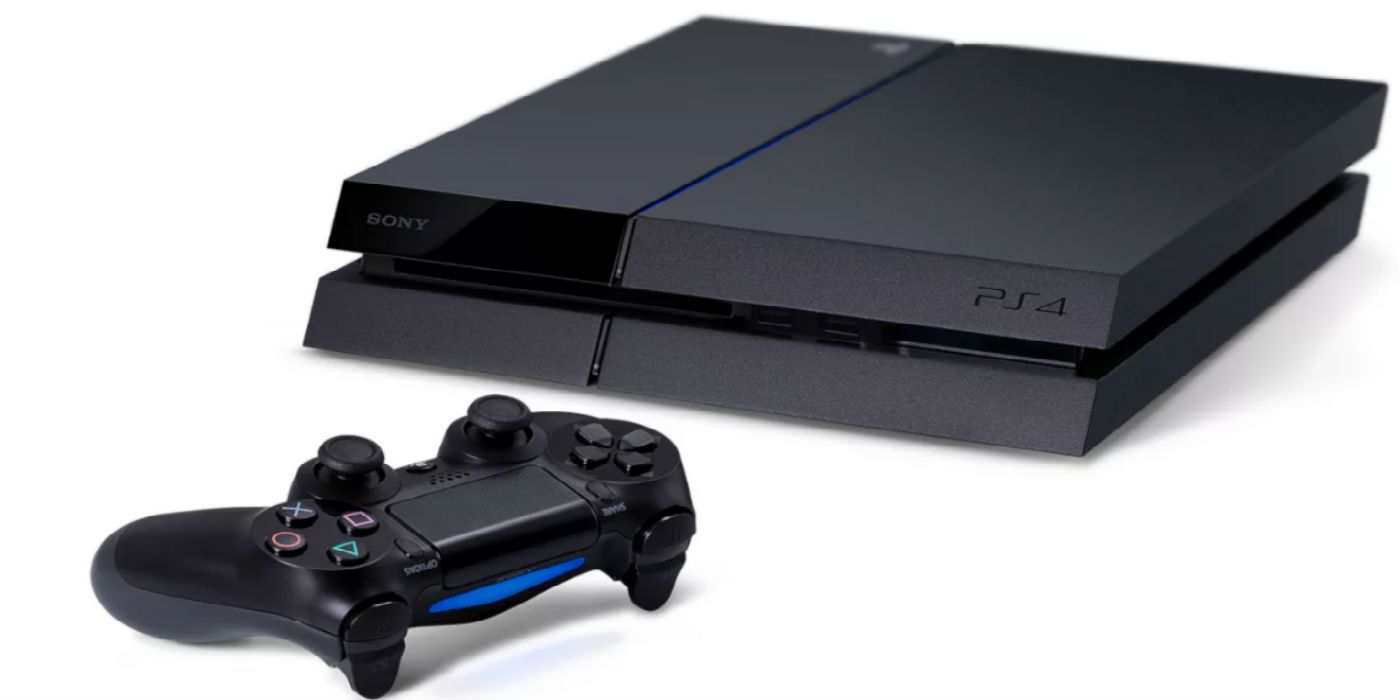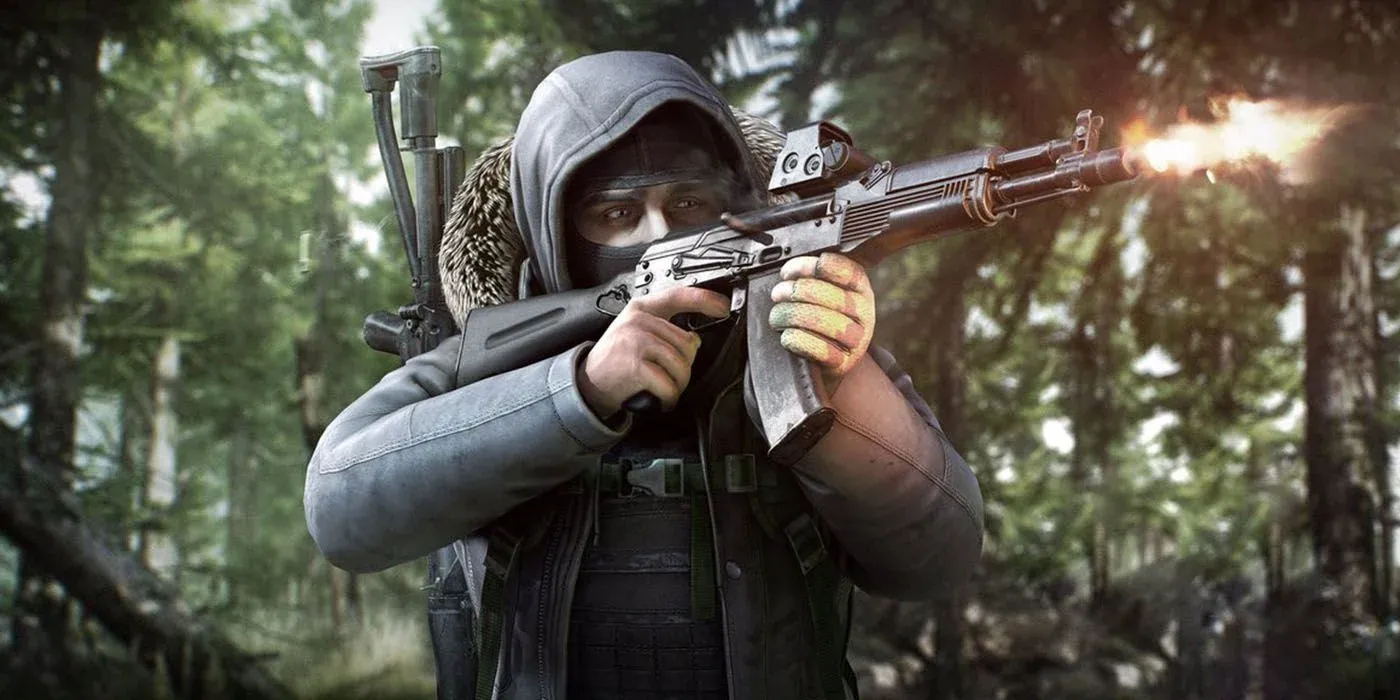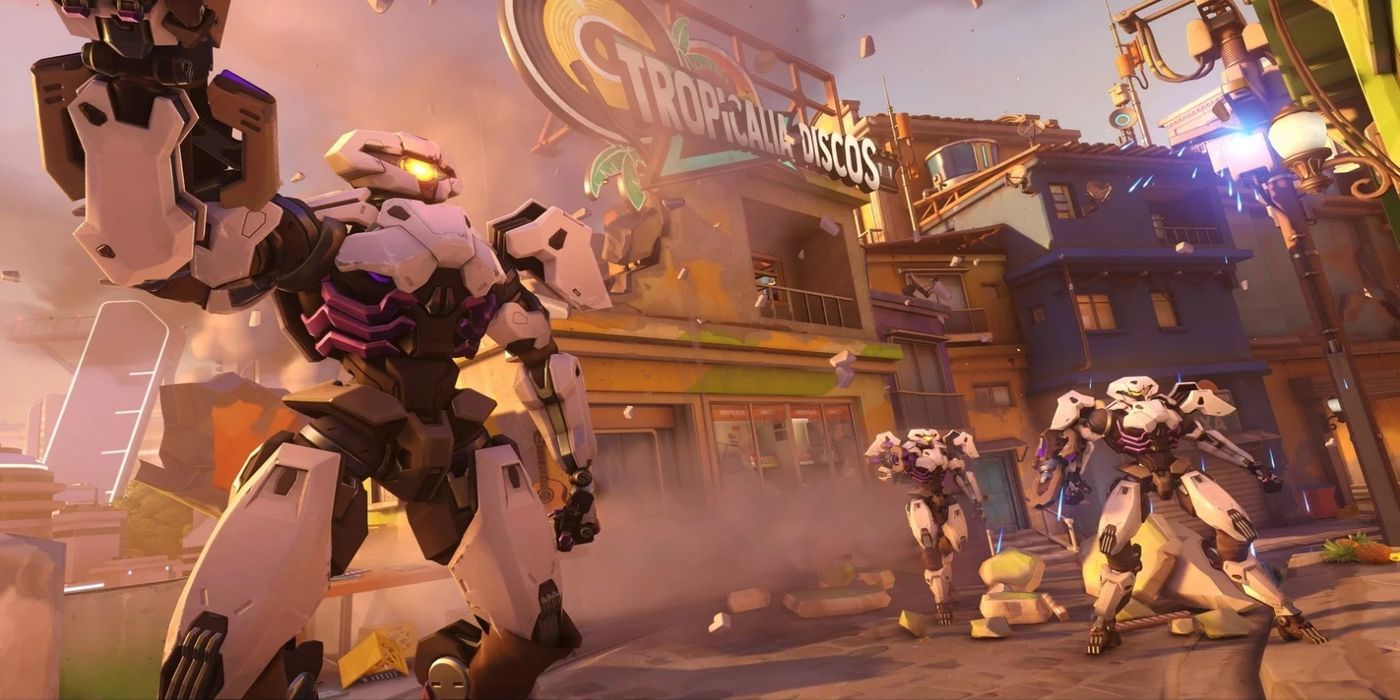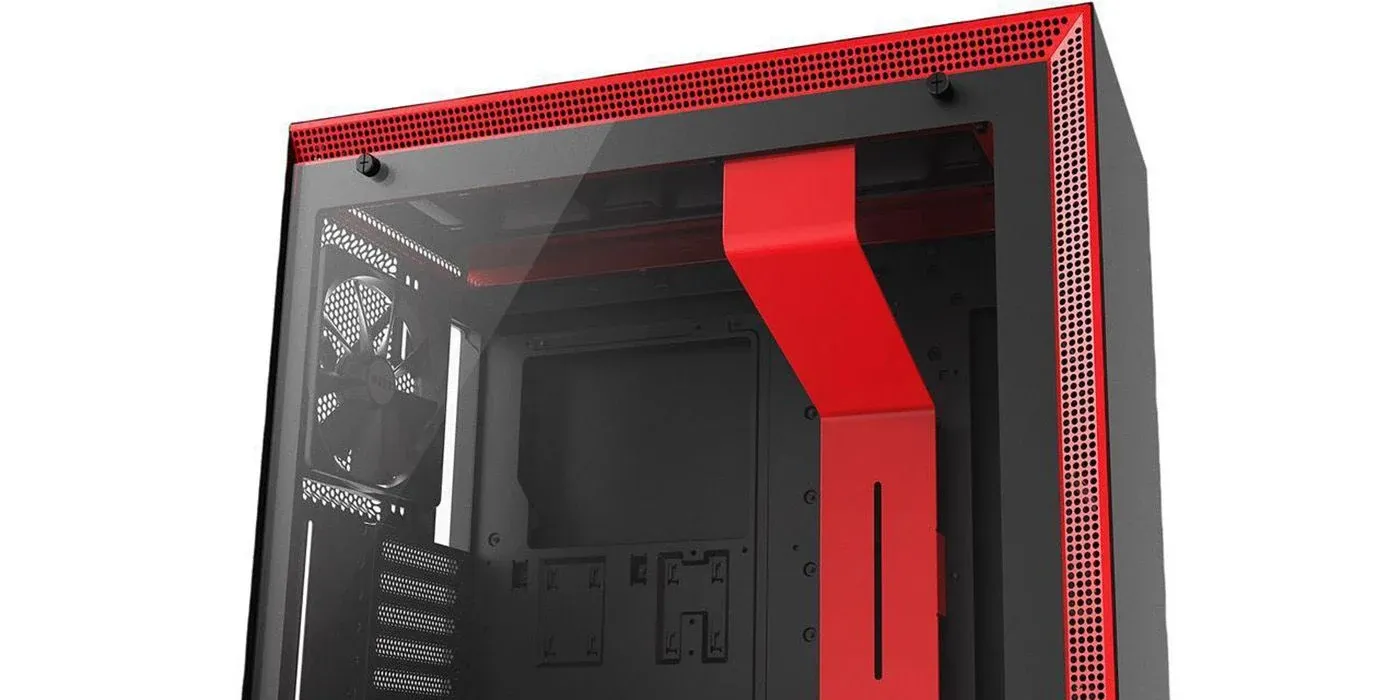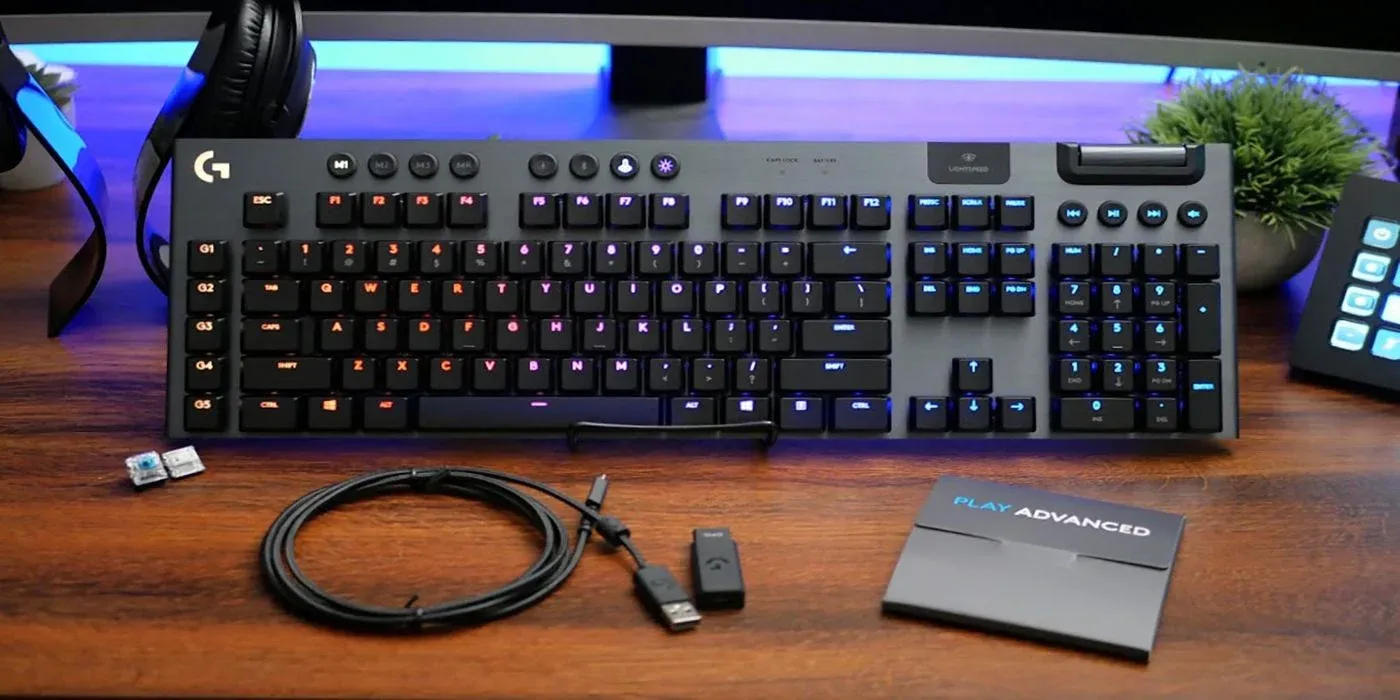As VR becomes more prevalent and triple-A games are ever-more demanding, many people are starting to consider PC gaming as the ideal way to be prepared for all the best games coming out. First person shooters, strategy games, and countless titles all benefit from being played on a respectable PC, but they're not cheap. Buying a new pre-built gaming PC can often be a waste of money, but building a PC, on the other hand, allows customers to pick out the best parts for what they need and occasionally get lucky with a great deal on hardware.
Building a computer one's self might seem a daunting task, but it is actually no more difficult than putting together a large lego set. There are so many guides for PC building online for anyone from new to expert builders that the hardest part is simply choosing the right hardware to put together. Websites like pcpartpicker.com are a great resource for finding good components, and the built-in compatibility filter will make sure that customers buy parts that work together.
Unfortunately, the marketing for PC hardware can convince people to spend money on things that they don't need while missing out on the key components that will provide the best performance. Nonsensical alphanumeric product names don't help much either, so here's a list of the basic components needed for a competitive gaming PC in 2020.
A 6- or 8-Core CPU
The CPU does what it says: it is the central processor for the computer. It does all the key calculations necessary to place assets in games and crunch the numbers for productivity programs.
Currently, a four-core CPU with multi-threading is fine enough for low-requirement esports games like CS: GO, Rocket League, or Overwatch. However, when building a new PC in 2020, buying a new four-core would be a mistake. A four-core CPU will need to be upgraded so soon in the future that buying it now would just be a waste of money. When building a new PC, it is wise to spend more now to avoid having to upgrade for a few years, saving money in the long-term.
Processors with more cores are very affordable now, and they are the wave of the future. The next generation of consoles will have eight-core CPUs, so buying anything less than that in 2020 is a serious compromise. 6-core CPUs are good enough for a budget-conscious consumer, but affordable 8-cores are the way to go.
People who play strategy games or big-budget triple-A titles will already benefit from the extra cores. As games become more demanding and are optimized for the eight-core consoles, an eight-core CPU will be a must have. Getting one now will keep anyone's computer competitive for years to come.
The best choice right now is the Ryzen 3700X from AMD. For a more budget-conscious gamer, the 2700X is the still-capable previous version of the same part. Both of these CPUs have multi-threading, allowing them to fully utilize their processing power, and they come with a cooling fan that is plenty good enough to keep them running.
A bigger cooling tower or all-in-one liquid cooler will improve performance, but isn't entirely necessary. If it's within budget, a $50 cooler will likely be a bit quieter and more effective than one that comes with a CPU.
A Mid-Range Motherboard and 16GB RAM
The motherboard is simply the platform that allows all the components to communicate with each other, but nevertheless, they can balloon to incredible prices. A good rule of thumb is to never spend more on a motherboard than on the CPU. It is important to get a motherboard that is compatible with the CPU, so doing research on the right type of board is critical.
For about $100, an MSI B450 Tomahawk will work with the 2700X listed above. The Tomahawk MAX is a little bit more expensive, but comes with an update that allows it to run with the newer 3700X. These motherboards can be hooked up to Ethernet, but do not come with WiFi. A decent WiFi adapter can be purchased, but a different B450 motherboard with built-in WiFi should not be much pricier either.
Intel CPUs will require a completely different type of motherboard, but CPU manufacturers and motherboard makers both list compatible parts on its respective website. Doing a little searching to make sure that the CPU and motherboard are compatible will save a lot of heartache, yet know compatibility will not be such a concern between other components.
16 gigabytes of RAM is the minimum for gaming in 2020, but any more will not make the PC perform any better. People who plan on doing a lot of multitasking or productivity work may want to upgrade to 32GB, but it is not necessary for gaming. Memory with a speed above 3000 megahertz is preferable, but any speed above 2133 will need to be activated in the motherboard's BIOS. A great choice right now is a 2 by 8 GB kit of G-Skill Ripjaws 3200 megahertz RAM.
A 1TB Solid-State Storage Drive
Solid state drives can make a huge difference in how a PC and the programs stored on it feel, as installing the operating system on an SSD improves startup speed and general snappiness in day-to-day tasks. Games and other programs stored on SSD will see extremely quick load-times, so fast storage might be the most important component that makes a computer feel responsive. As games get bigger and bigger, a 1TB drive is a safe bet.
Luckily, SSDs are very affordable these days and the next generation of consoles will also have solid state storage, so they're become bigger and bigger in terms of marketability. A decent 1TB SSD can be found for well under $100. There are very high-end SSDs that offer faster speeds, but the difference between a basic SSD and a premium one is much less noticeable than the difference between a traditional hard drive and any SSD. A Western Digital Blue SSD will do the trick.
If more storage is needed, picking up a cheap traditional spinning hard drive for backup storage or less-played games is always a good option. Of course, as more games become available across multiple platforms through subscriptions, huge hard drives may become obsolete.
A Mid-Range Graphics Card
Like with the CPU, buying a better graphics card now means waiting longer before needing an upgrade, but the mid-range market is the best place for a "bang-for-your-buck" purchase. A $300 Nvidia 1660Ti will play most modern games at around 60 frames per second on Ultra graphics settings. More expensive cards will net more frames per second, but without a monitor that can go higher than 60 FPS there is almost no reason to have a better card.
Graphics cards are often offered at a higher price with more fans or slight overclocks. It is always better to spend money on the cheapest version of a high-end card than the kitted-out version of a lower-end card. For example, it is better to get a $320 RTX 2060 with one fan than a $320 GTX 1660Ti with three fans. An RTX 2070 SUPER is probably the most reasonable high-end graphics card, coming in at $500. If it's within budget, a 2070 SUPER will be more than enough for almost any gamer for years to come.
Graphics cards are the worst offenders when it comes to convoluted naming systems and overlapping product skews. Watching and reading reviews is key to finding the right card for a given budget, but the $300-$400 range is the best place to buy for value. Spending hundreds of dollars for a few more frames a second isn't much use unless the aim is to play all the most demanding games at their full potential.
Power Supply and Case
Cases are largely an aesthetic choice. They are just the box that the rest of the system goes in. They can have an effect on airflow and cooling, but this isn't a major concern for mid-range systems. Typically, a case below $50 will be flimsy and lack features, while a case above $100 will have great features but cut into money that could have been spent on a better graphics card. Phanteks, NZXT, and Fractal Design all make great cases in this price range.
The power supply is not something to cheap out on. An unreliable power supply can even damage other components if it fails, and an inefficient one will waste a lot of power. Getting a power supply rated 80+ gold or higher is recommended. A power supply that provides 500 watts or higher will usually be about $100, and should provide enough power even if other parts are upgraded later on. Seasonic, EVGA, Corsair, NZXT, and Cooler Master all make reliable power supplies. For an easier and more aesthetically pleasing build, a modular power supply is worth a few extra bucks.
Peripherals and Software
Windows 10 is currently the only real choice of operating system for gamers. Be sure to budget a 64-bit Home version of it into a build. The monitor is the most important peripheral in a PC build. None of the specs of a PC matter if the monitor can't keep up with the PC's performance. A 1080P, 60FPS monitor is the bare minimum. 1440P or 4K resolution are great choices for those who prefer single-player games that look great, while competitive shooters benefit from high frame counts above 100 FPS. This is all up to preference, but there are enough monitor manufacturers to fill every niche.
The rest of the peripherals are largely up to choice. Mechanical keyboards, high-end headphones, and gaming mice are all nice to have, but don't offer much in terms of real competitive advantage. With all the parts listed above, some decent peripherals, a desk, and a chair, anyone can have a great time building a PC that will provide high-end gaming fun for years to come.

